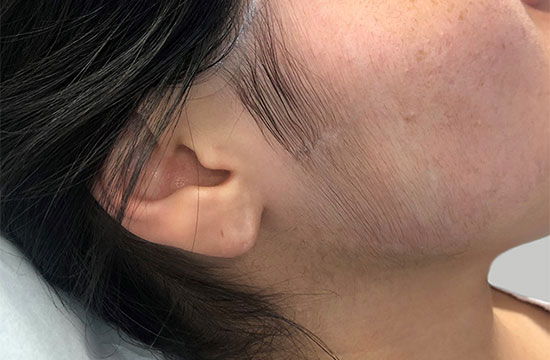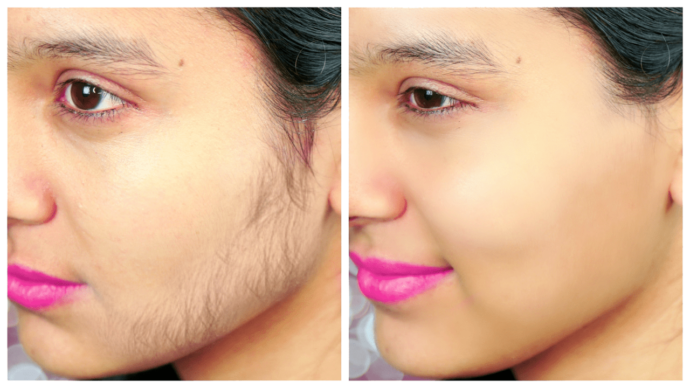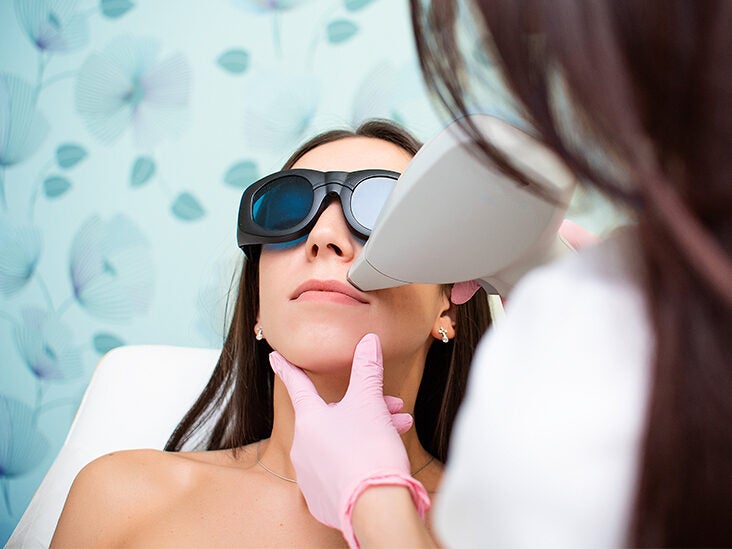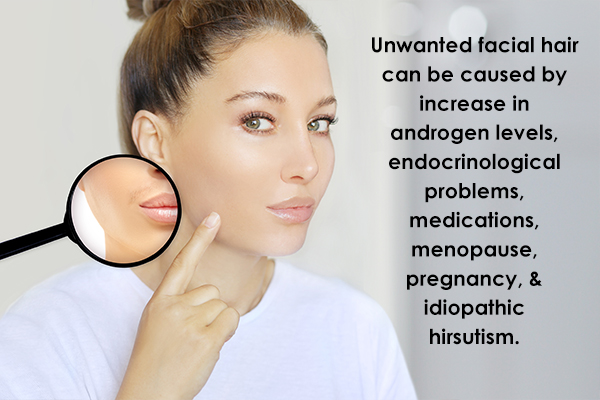Facial hair
Facial hair refers to the hair that grows on a person’s face, including the beard, mustache, sideburns, and other types of facial hair. Facial hair growth is primarily determined by genetics and hormone levels, with testosterone playing a major role in promoting the growth of facial hair in men.

The pattern and density of facial hair growth vary widely among individuals and can be influenced by age, ethnicity, and other factors. Some men have a full beard and mustache, while others have only sparse hair growth or none at all. Women also have facial hair, but it is typically less dense and noticeable than in men.
Facial hair can be styled in many different ways, including shaving, trimming, shaping, and grooming. Many men choose to keep a clean-shaven look, while others prefer to cultivate a beard or other type of facial hair. There are also many different products available to help maintain and style facial hair, including beard oils, balms, waxes, and combs.
Symptoms of facial hair
Facial hair itself is not a symptom of any particular condition, but excessive or abnormal facial hair growth can sometimes be a sign of an underlying medical issue.
Some of the symptoms associated with excessive facial hair growth in women (also known as hirsutism) may include:

- Thick, dark hair growth on the upper lip, chin, and/or sideburns.
- Coarse or wiry hair texture.
- Hair growth on other areas of the body where men typically grow hair, such as the chest, back, or abdomen.
- Acne or other skin issues in areas where hair growth is excessive.
- Changes in menstrual cycles or other hormonal imbalances.
If you are experiencing any of these symptoms or are concerned about excessive facial hair growth, it is important to talk to a healthcare provider. They can help determine the underlying cause of the hair growth and recommend appropriate treatment options.
Cause of facial hair
Facial hair growth is primarily determined by genetics and hormone levels. Testosterone is the primary hormone responsible for promoting the growth of facial hair in men, although women also produce small amounts of testosterone that can lead to some degree of facial hair growth.
Other factors that can influence facial hair growth include age, ethnicity, and medical conditions such as polycystic ovary syndrome (PCOS). PCOS is a hormonal disorder that can cause excess hair growth in women, including facial hair. Certain medications and medical treatments, such as hormone replacement therapy or chemotherapy, can also affect facial hair growth.

In some cases, excessive or abnormal facial hair growth in women (also known as hirsutism) may be a sign of an underlying medical condition, such as PCOS, adrenal gland disorders, or certain types of tumors. It is important to talk to a healthcare provider if you are concerned about excessive facial hair growth, as they can help determine the underlying cause and recommend appropriate treatment options.
Treatment for facial hair
The treatment options for facial hair depend on the underlying cause and the degree of hair growth. Here are some options:

Shaving: Shaving is a common and simple method for removing facial hair, but it only provides temporary relief as the hair grows back quickly.

Depilatory creams: Depilatory creams are topical products that dissolve the hair shaft and remove hair at the skin’s surface. They can be effective for removing facial hair but may cause skin irritation or allergic reactions in some individuals.
Waxing: Waxing involves applying hot wax to the skin and then removing it, along with the hair, once it has cooled and hardened. It can be effective for removing facial hair, but it can be painful and may cause skin irritation.

Laser hair removal: Laser hair removal uses targeted light energy to destroy the hair follicle, preventing future hair growth. It is a long-term solution for reducing facial hair growth but can be costly and may require multiple sessions.

Electrolysis: Electrolysis is a procedure that uses a tiny needle to deliver an electric current to the hair follicle, destroying it and preventing future hair growth. It is a permanent solution but can be time-consuming and expensive.

Medications: Certain medications can be used to reduce hair growth, including oral contraceptives, spironolactone, and topical eflornithine cream.
It is important to talk to a healthcare provider to determine the underlying cause of facial hair growth and to discuss the best treatment options for your individual needs.
For More Blogs Visit Here: https://bloggbuzz.com/


